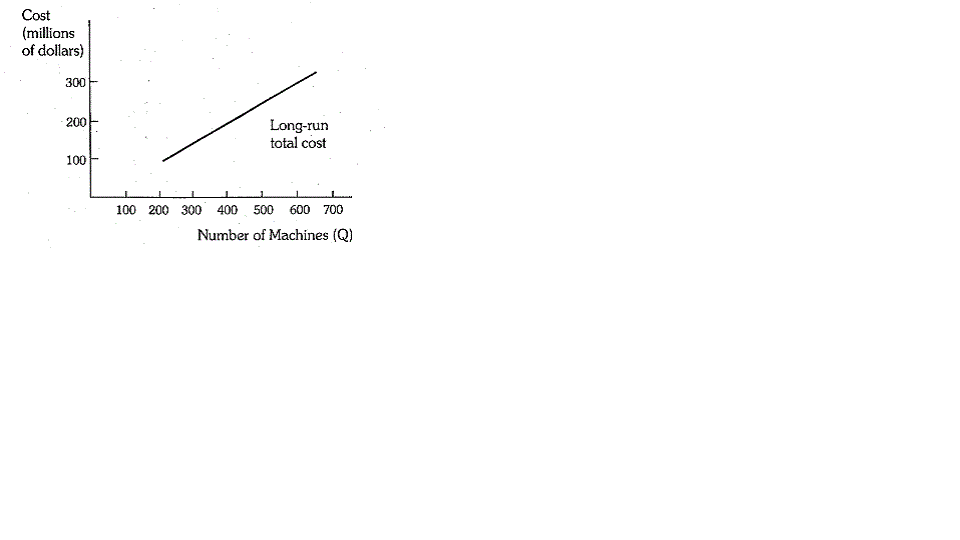MS-9 Dec, 2008
MS-9 : Managerial economics
1. Explain the concept of price elasticity of demand and the relationship between price elasticity, total revenue and marginal revenue
2. Show graphical derivation of MP and AP curves from the total product function. Show also the three stages of production. What economic purpose do the stages
of production serve ?
3. Explain with examples economies and diseconomies of scale. How do economies and diseconomies of scale determine the shape of the LAC ?
4. Write notes on the following :
(a) The Equi Marginal Principle
(b) Elasticity of Substitution
(c) Linear Cost function
(d) Types of markets
5. (a) Under perfect competition average revenue equals average cost in the long run. Why do firms produce under such a condition ?
(b) A monopolist earns super normal profits even in the long run. Discuss
6. (a) Write True or False :
(i) In a firm's short-run production function, the firm's labour and plant are held
constant while its machinery is allowed to vary.
(ii) The law of diminishing returns is unrealistic because it implies that we could feed the world from our back garden.
(iii) The least-cost input combination producing a given level of output always be achieved in the short run.
(iv) The law of eventually diminishing returns describes a short run situation in which labour varies but fixed factors do not.
(v) The greater the cost of storing a good, the greater will be the gap in its price now and 2 years later.
(vi) Scale is a short-run concept.
(vii) When an input's average product exceeds its marginal product, average product is increasing.
(viii) The long-run average cost curve slopes downward over a range of output where a firm experiences a decreasing returns to scale.
(ix) Because consumers like variety, we cannot conclude that monopolistic competition is inefficient.
(x) The theory of the kinked demand curve does not predict the price where the kink will occur.
(b) The market demand function for a product sold by a monopolist is given below :
QD=2500-10P
The monopolist marginal cost function is :
MC=10+Q
Calculate the equilibrium price and quantity
Case study IBM
7. Read the following case and answer the questions given at the end.
LONG-RUN COSTS AT IBM
(LONG RUN COST FUNCTION)
The IBM Corporation is a leading manufacturer of electronic computers. Based on its internal memoranda, IBM's long-run total cost of producing various quantities of its Pisces (370/168) machines was as shown below :
For output levels in the relevant range, the equation
for this total cost function is
C = 28,303,800 + 460,800 Q,
where C is total cost (in dollars) and Q is the number of machines.

A) If the entire market for this type of machine is 1,000 machines, and if all firms have the same long-run total cost function, to what extent would a firm with 50 percent of the market have a cost advantage over a firm with 20 percent of the market ?
b) What is the long-run marginal cost of producing such a machine ? Does marginal cost depend on output ?
c) Do there appear to be economies of scale ?
d) The data presented above are forecasts of costs based largely on engineering data, not on historical record of actual costs. Why would IBM make such forecasts ? What factors might result in errors in these forecasts ?